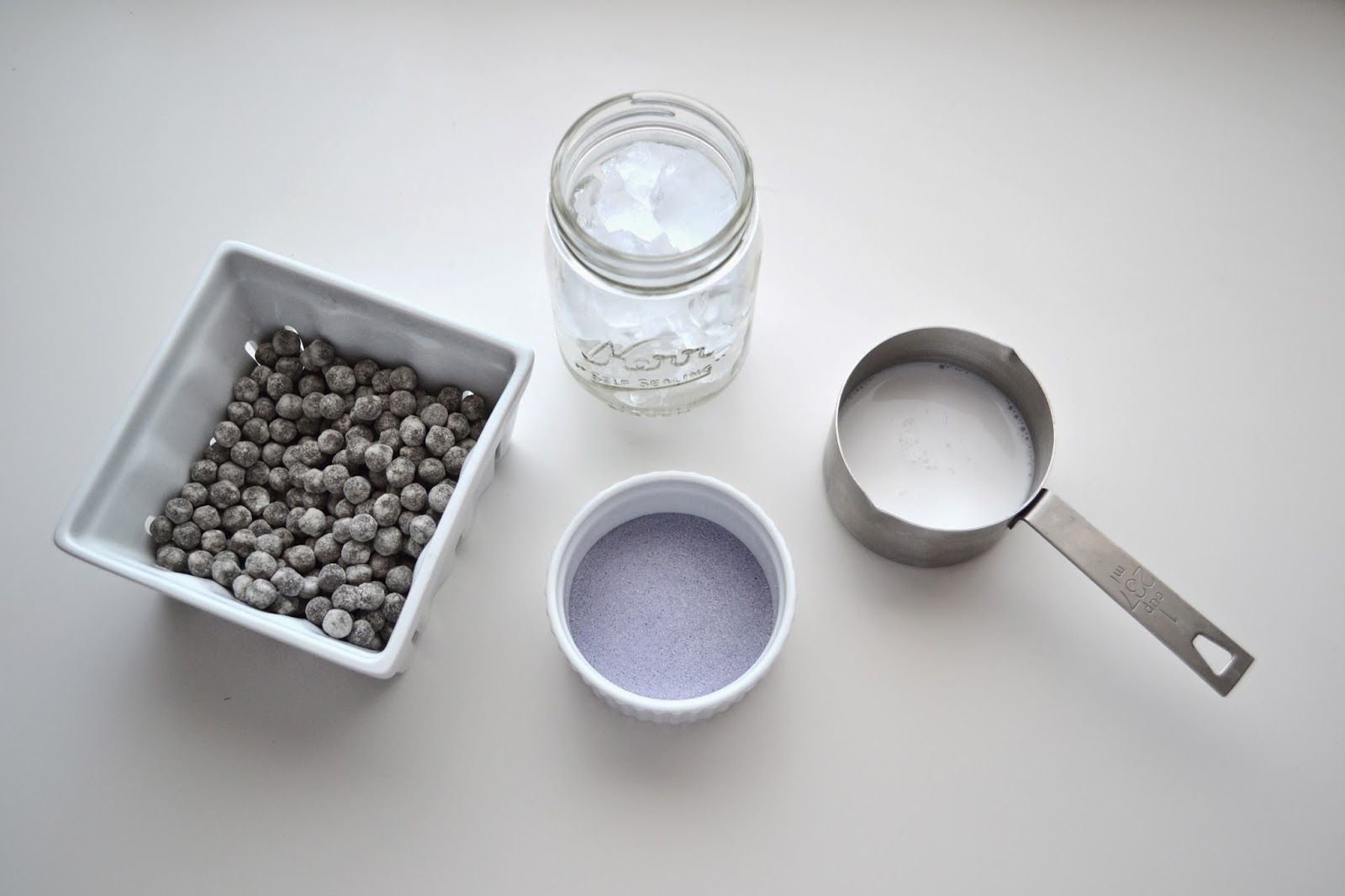

Articles
How To Store Uncooked Boba Pearls
Modified: December 7, 2023
Learn the best methods for storing uncooked boba pearls in this helpful article. Keep your pearls fresh and ready to use!
(Many of the links in this article redirect to a specific reviewed product. Your purchase of these products through affiliate links helps to generate commission for Storables.com, at no extra cost. Learn more)
Introduction
Have you ever found yourself with leftover uncooked boba pearls after making your favorite bubble tea? Or perhaps you bought a large bulk of boba pearls and want to store them for future use? Properly storing uncooked boba pearls is crucial to maintaining their quality and ensuring they remain fresh.
Boba pearls, also known as tapioca pearls, are the chewy, gelatinous balls that add texture and fun to your bubble tea. Made from tapioca starch, these pearls have gained immense popularity in recent years. They come in different sizes and colors, including regular, mini, and flavored varieties, making them versatile for various bubble tea creations.
When it comes to storing uncooked boba pearls, there are a few factors to consider, such as ambient temperature, moisture levels, and exposure to light. In this article, we’ll explore the best ways to store uncooked boba pearls to ensure their longevity and preserve their desirable texture.
Key Takeaways:
- Properly sealing uncooked boba pearls in airtight containers at room temperature, in the refrigerator, or freezer is crucial to maintain their freshness, texture, and taste for extended periods.
- Choosing high-quality boba pearls, checking expiration dates, and following specific storage instructions can help prolong the shelf life of uncooked boba pearls, ensuring they remain in optimal condition for future use.
Read more: How To Store Boba Pearls
Understanding Boba Pearls
Before diving into the storage techniques, it’s essential to understand the nature of boba pearls. These tiny tapioca spheres are made by mixing tapioca starch and water, which creates a dough-like consistency. The dough is then rolled into small balls and cooked until they become translucent and chewy.
Boba pearls are highly absorbent and will gradually soak up any surrounding moisture. This is why proper storage is crucial to prevent them from becoming too dry or too moist. When stored correctly, boba pearls can remain fresh for an extended period.
The texture of boba pearls is their defining characteristic. When cooked just right, they should have a chewy and slightly soft center, providing a delightful sensation with every bite. Storing them improperly can result in a loss of texture, making them hard or mushy.
Now that we have a better understanding of boba pearls’ composition and characteristics, let’s explore the best practices for storing them to ensure they remain in optimal condition.
Choosing the Right Ingredients
When it comes to storing boba pearls, the quality of the ingredients plays a significant role. It’s important to select high-quality boba pearls that are made from fresh tapioca starch. Look for brands that are known for their consistency and use natural ingredients without any artificial additives or preservatives.
Additionally, ensure that the water used for cooking the boba pearls is clean and filtered. The water should be free from any contaminants or impurities that could affect the quality and taste of the pearls.
If you prefer flavored boba pearls, such as matcha or taro, choose ones that are made with natural flavors. Artificial flavorings can alter the taste and may not store well over time.
When purchasing boba pearls in bulk, it’s essential to check the expiration date and opt for a reasonable quantity that you can consume within a reasonable time frame. Buying too much at once can lead to waste if you’re unable to store them properly or use them before they expire.
By choosing the right ingredients and checking their quality, you can ensure a better overall result when storing your boba pearls.
Storing Boba Pearls at Room Temperature
Storing boba pearls at room temperature is the most convenient method if you plan to use them within a relatively short period. However, it’s crucial to take precautions to keep them fresh and maintain their desirable texture.
Firstly, ensure that the room temperature is cool, dry, and away from direct sunlight. Excessive heat and moisture can cause the boba pearls to spoil or become sticky. Find a pantry or cupboard that meets these conditions.
It’s best to store the uncooked boba pearls in their original packaging or transfer them to an airtight container to prevent exposure to air and moisture. This will help maintain their freshness for a longer duration.
When using an airtight container, make sure it is clean and dry before transferring the boba pearls. Any residual moisture in the container can affect the texture and cause them to clump together.
Before sealing the container, consider adding a desiccant packet or a small piece of food-grade silica gel to absorb any excess moisture. This step will help prolong the shelf life of the boba pearls and preserve their chewy texture.
Label the container with the date of purchase or storage to keep track of the pearls’ freshness. Generally, boba pearls stored at room temperature can remain viable for several weeks to a few months, depending on the quality of the pearls and the storage conditions.
It’s recommended to check the pearls periodically for any signs of spoilage, such as mold or a foul odor. If you notice any abnormalities, it’s best to discard them and replace them with fresh ones.
Now that you know how to store boba pearls at room temperature, let’s explore the option of refrigerating them for extended storage.
Storing Boba Pearls in the Refrigerator
If you want to extend the shelf life of your boba pearls, storing them in the refrigerator is a great option. The cool temperature of the fridge helps slow down the aging process and keeps the pearls fresh for a longer duration.
Before refrigerating the boba pearls, ensure that they are properly sealed in an airtight container. This prevents them from absorbing any unwanted flavors or odors from other foods in the refrigerator. It also helps maintain their texture and prevents them from drying out.
When placing the container in the fridge, choose a spot where the temperature is consistently cool and not subject to frequent temperature fluctuations. The door shelves are not recommended as they are often exposed to warmer temperatures when opened frequently.
Keep in mind that refrigerated boba pearls may become slightly harder and less chewy than when they are freshly cooked. To counter this, consider allowing the pearls to come to room temperature before using them in your recipes. This will help restore their desired texture.
It’s important to note that refrigerating boba pearls is suitable for short-term storage of up to a few weeks. Extended refrigerator storage beyond that may result in a decline in texture and quality. If you don’t plan on using the pearls within a few weeks, it’s advisable to explore the option of freezer storage.
Now that you’re familiar with storing boba pearls in the refrigerator, let’s move on to the next method – freezing.
Store uncooked boba pearls in an airtight container in a cool, dry place, away from direct sunlight. Make sure to keep them away from any strong odors or moisture to maintain their freshness.
Read more: How To Store Uncooked Tapioca Pearls
Storing Boba Pearls in the Freezer
If you want to store your boba pearls for an extended period, freezing them is an excellent option. Freezing helps preserve the pearls’ texture and quality, allowing you to enjoy them even months after purchase.
Before freezing the boba pearls, make sure they are properly sealed in an airtight container or freezer bag. This will prevent freezer burn and protect the pearls from absorbing any unwanted flavors or odors.
Ensure that the container or bag is labeled with the date of freezing. This will help you keep track of the pearls’ freshness and determine their shelf life.
Before using frozen boba pearls, it’s important to thaw them properly to restore their desired texture. The recommended method is to gently thaw the pearls in the refrigerator overnight or for a few hours. This slow thawing process helps maintain their chewy consistency.
If you’re in a hurry, you can use the defrost function on your microwave, but be cautious not to overheat the pearls as it may result in uneven texture or mushiness.
Once the boba pearls are thawed, it’s essential to use them promptly and avoid refreezing them. Repeated freezing and thawing can affect their quality and texture.
When using thawed boba pearls, be mindful that they may be slightly softer than freshly cooked ones. Adjust the cooking time accordingly to achieve the desired texture in your recipes.
Freezing boba pearls is an excellent long-term storage solution, allowing you to have a supply of pearls readily available for your bubble tea cravings. Now that you know how to store boba pearls in the freezer, let’s move on to the next essential step – properly sealing the container.
Properly Sealing the Container
Whether you are storing boba pearls at room temperature, in the refrigerator, or in the freezer, proper sealing of the container is crucial to maintain their freshness and prevent them from absorbing moisture or odors.
When choosing a container, make sure it is clean, dry, and airtight. Airtight containers help create a barrier between the pearls and the external environment, protecting them from humidity, air exposure, and potential contaminants.
If you are using the original packaging of the boba pearls, ensure that it is properly sealed after each use. Consider using a clip or binder to securely close the bag and prevent air from entering. Alternatively, transfer the pearls to an airtight container that is suitable for the quantity you have.
For a secure seal, press out any excess air from the container before closing it tightly. This will minimize oxygen exposure and maintain the integrity of the pearls.
If you are using a zipper-lock bag or freezer bag, make sure to remove as much air as possible before sealing it. You can do this by gently pressing on the bag to push out the air or using a straw to suck out the excess air before sealing it quickly.
When storing boba pearls in the freezer, consider using a freezer-grade container or bag to ensure optimal protection against freezer burn. Freezer burn can affect the texture and quality of the pearls, so proper packaging is essential.
Lastly, label the container or bag with the date of storage to keep track of the pearls’ freshness. This will help you identify the storage time and ensure you use the oldest ones first.
By properly sealing the container, you can maintain the freshness and quality of your boba pearls, ensuring they are ready to be enjoyed when you crave a delicious bubble tea.
Tips for Extended Storage
If you’re looking to store your boba pearls for an even longer period or want to maximize their freshness, here are some additional tips to consider:
- Keep an eye on the expiration date: While boba pearls can have a long shelf life when stored properly, it’s essential to check the expiration date on the packaging. Use the ones that are closest to their expiration date first to ensure you’re consuming the freshest pearls.
- Rotate your stock: If you frequently use boba pearls, it’s a good practice to rotate your stock. When purchasing new pearls, place them at the back of the storage area, moving older ones to the front. This way, you’ll be using the older pearls first and minimizing waste.
- Avoid moisture exposure: Moisture is the enemy when it comes to storing boba pearls. Be cautious when taking out the container or bag from the refrigerator or freezer, as condensation can form on the surface when exposed to warmer air. Allow the pearls to come to room temperature before opening the container to prevent any moisture from entering.
- Rehydrate pearls if necessary: Over time, boba pearls can lose some moisture, resulting in a drier texture. If your pearls seem too dry after storage, you can rehydrate them by soaking them in warm water for a few minutes. This will help restore their chewiness before using them in your bubble tea.
- Store in small portions: If you don’t plan on using a large quantity of boba pearls at once, consider dividing them into smaller portions before storing. This way, you can take out only what you need and avoid exposing the remaining pearls to air and moisture repeatedly.
- Follow manufacturer’s instructions: Different brands of boba pearls may have specific storage instructions. Read the package carefully and follow their recommendations for best results.
By following these tips, you can prolong the shelf life of your boba pearls and ensure they maintain their quality and texture for as long as possible.
Conclusion
Properly storing uncooked boba pearls is essential to maintain their freshness, texture, and taste. Whether you plan to use them within a few weeks or for an extended period, following the right storage methods will ensure that your boba pearls remain in optimal condition.
When storing boba pearls, choose high-quality ingredients and check their expiration date to ensure freshness. Consider storing them at room temperature if you plan to use them within a short period. Use airtight containers and keep them away from heat, moisture, and direct sunlight.
If you want to extend the shelf life, refrigerate or freeze the boba pearls. Properly seal the containers or bags to prevent moisture absorption and flavor contamination. Thaw frozen boba pearls before using them to restore their desired texture.
Remember to rotate your stock, avoid moisture exposure, and store boba pearls in small portions to minimize waste. Follow any specific instructions provided by the manufacturer for the best storage results.
By implementing these storage techniques and tips, you can enjoy delicious and chewy boba pearls in your bubble tea creations for an extended period. So go ahead, stock up on your favorite boba pearls and enjoy the delightful experience of homemade bubble tea anytime you crave it!
Frequently Asked Questions about How To Store Uncooked Boba Pearls
Was this page helpful?
At Storables.com, we guarantee accurate and reliable information. Our content, validated by Expert Board Contributors, is crafted following stringent Editorial Policies. We're committed to providing you with well-researched, expert-backed insights for all your informational needs.
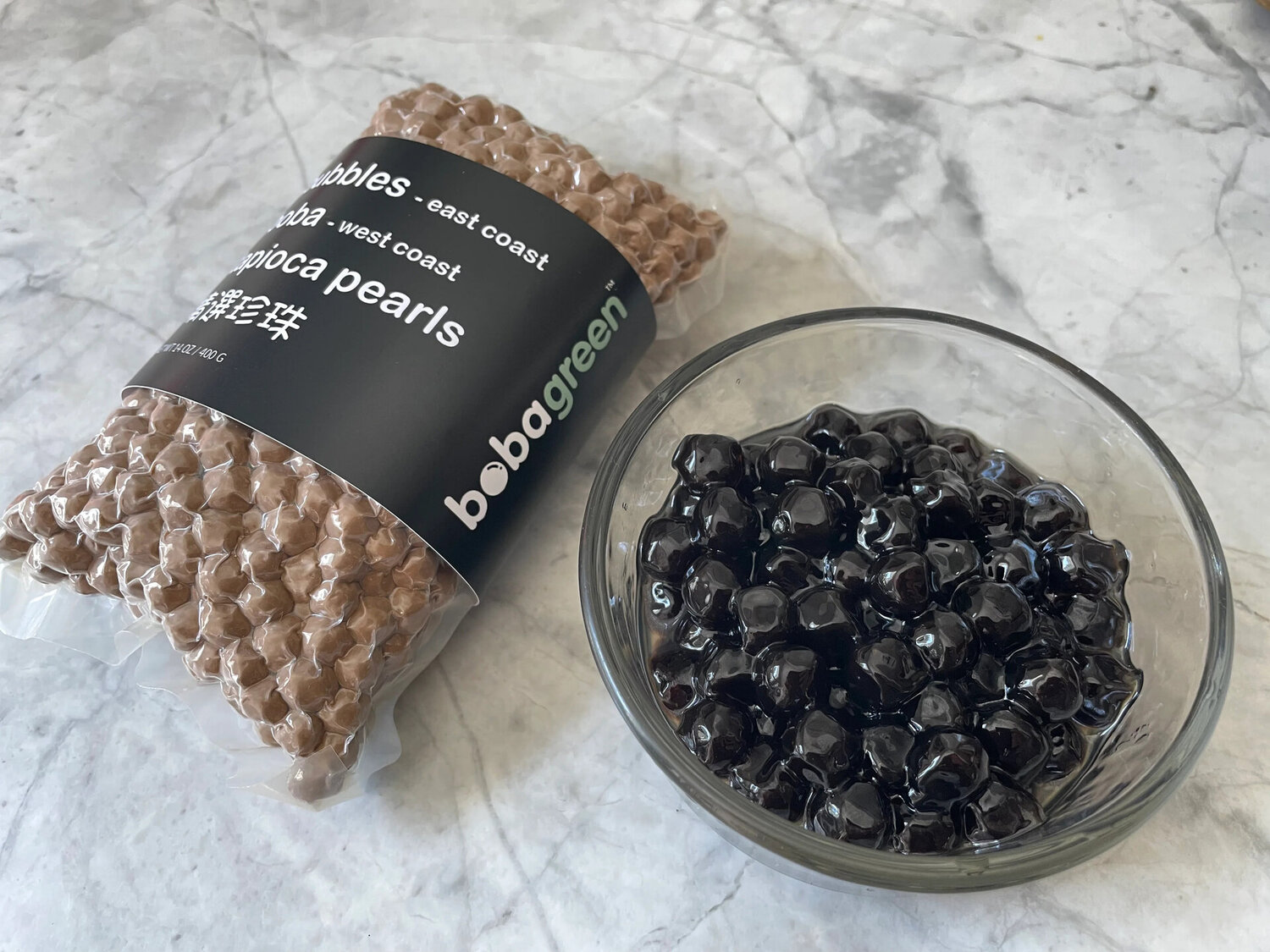
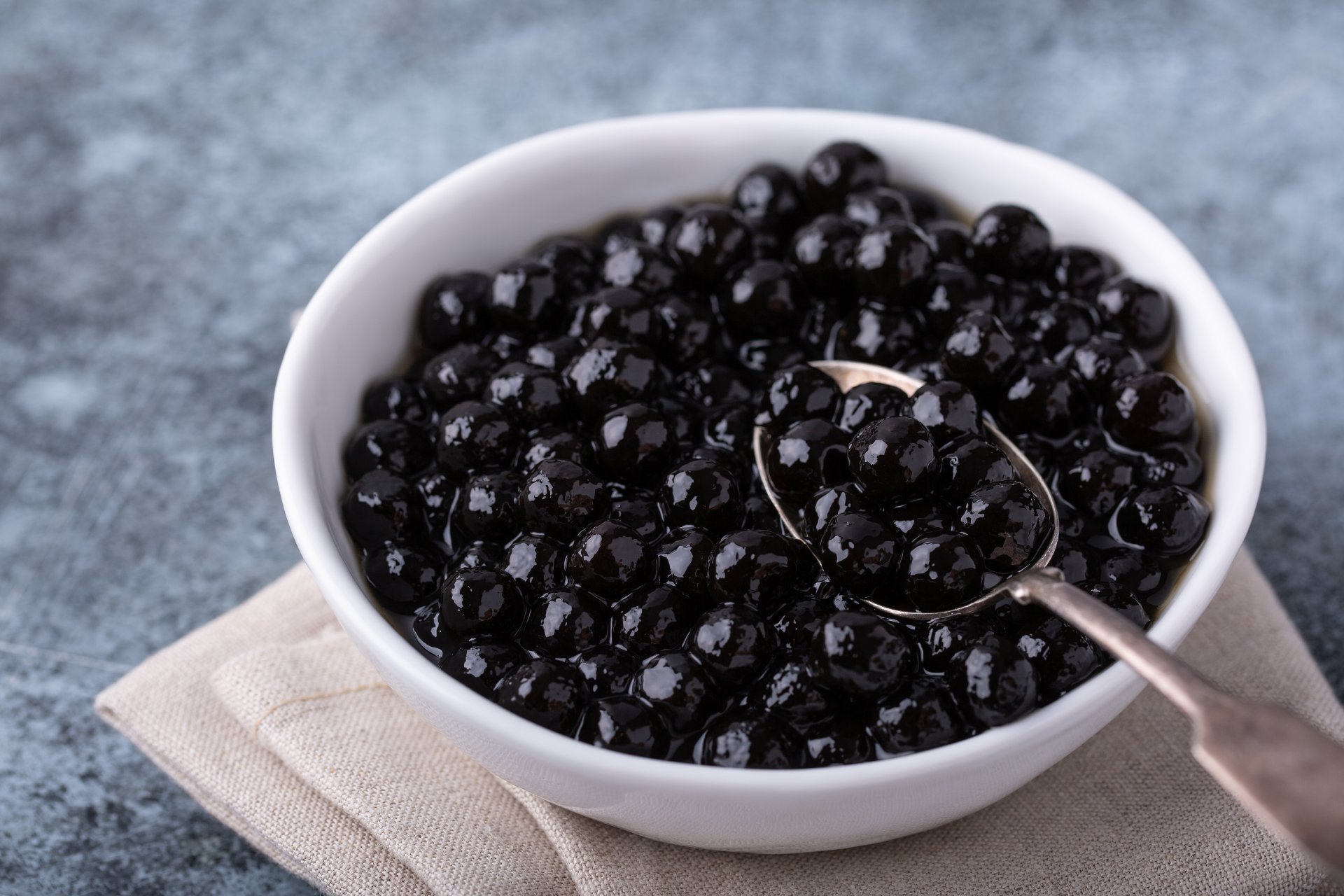
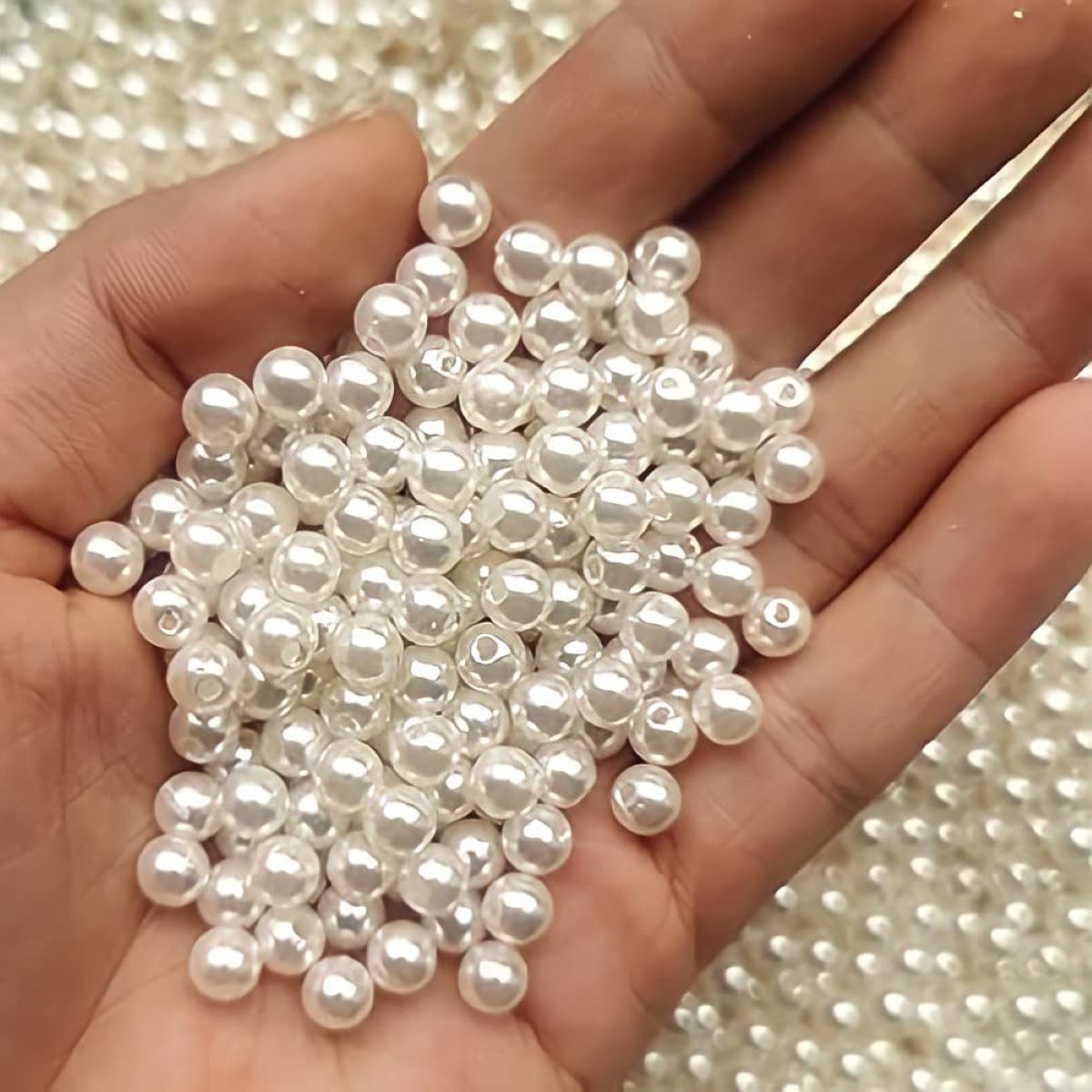
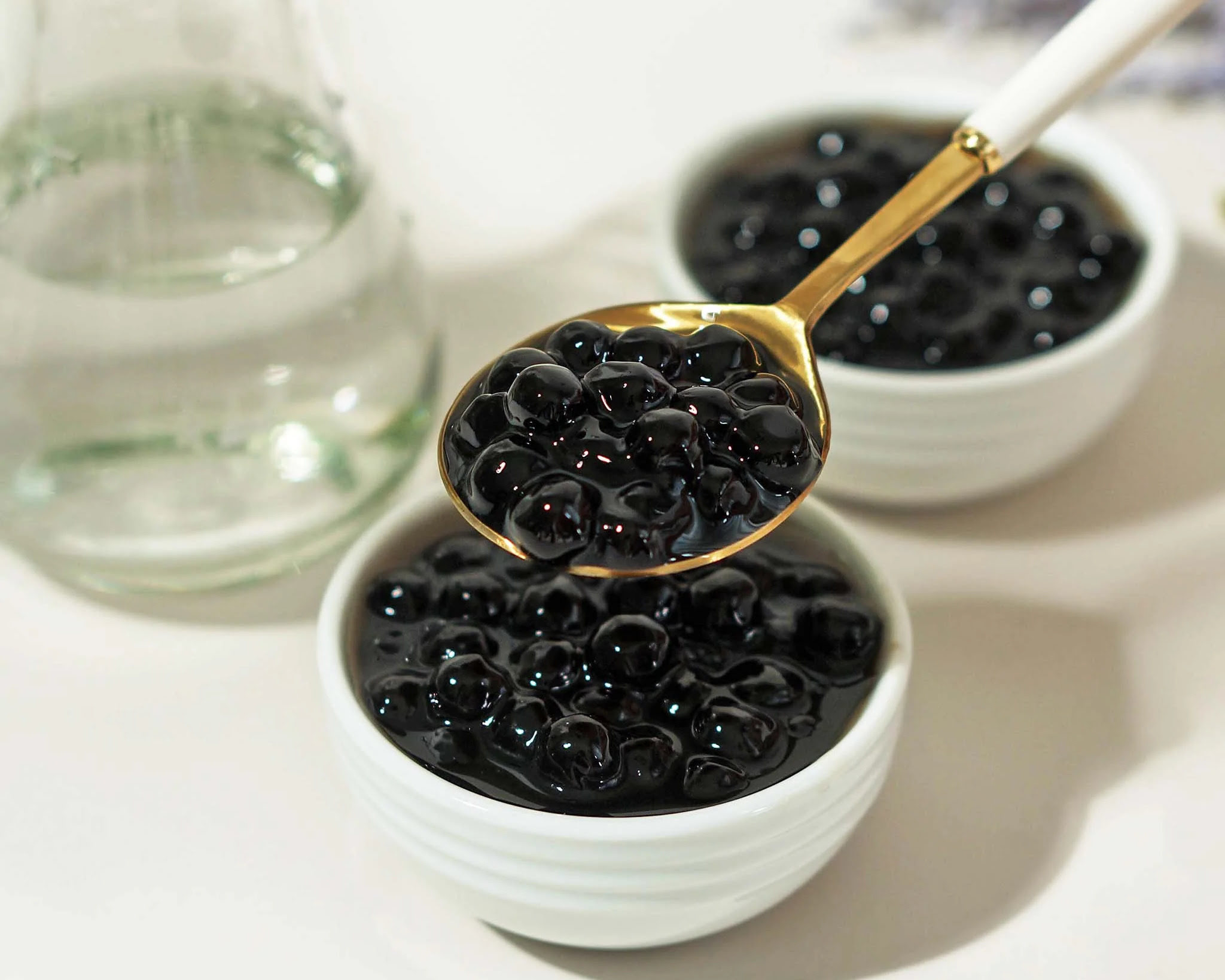
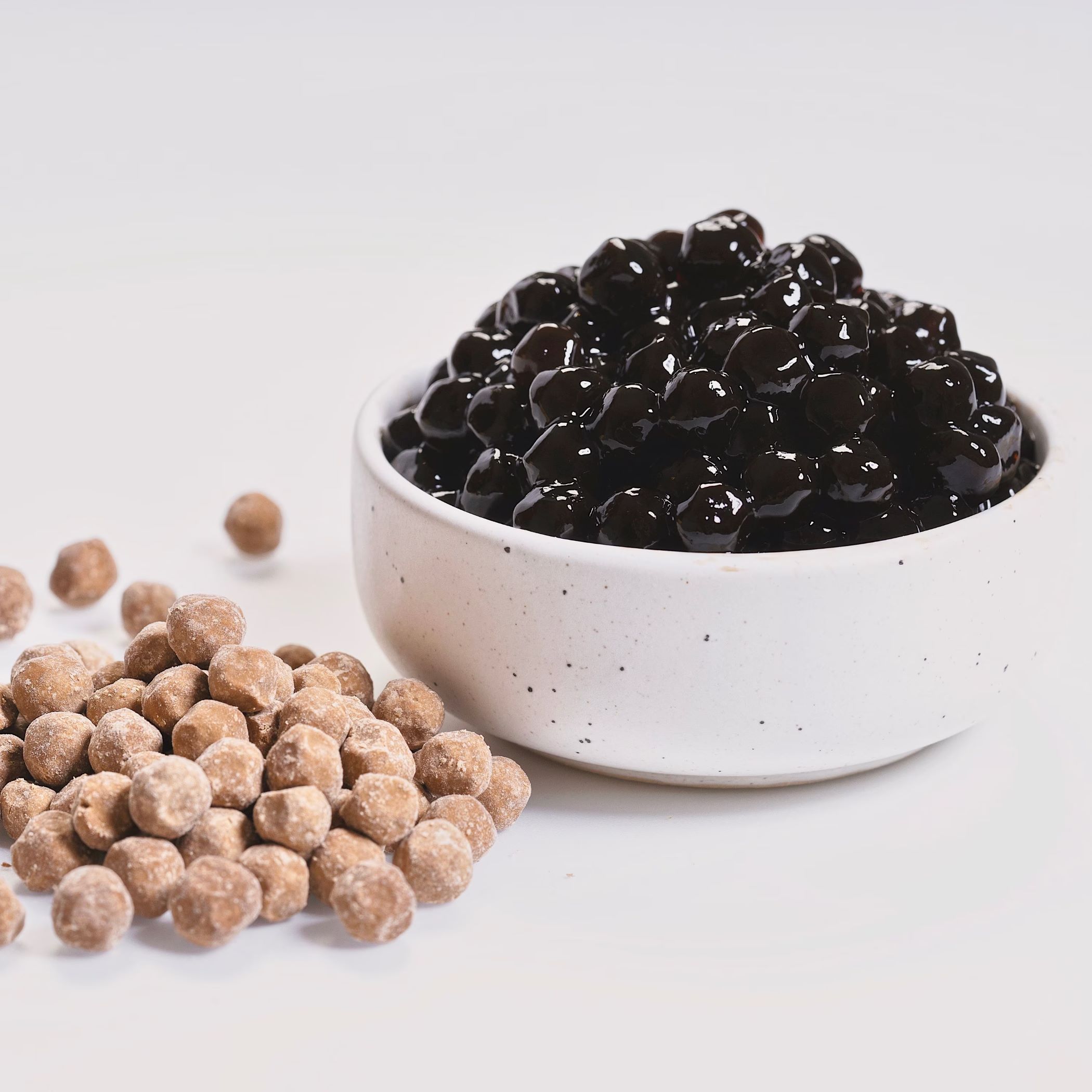
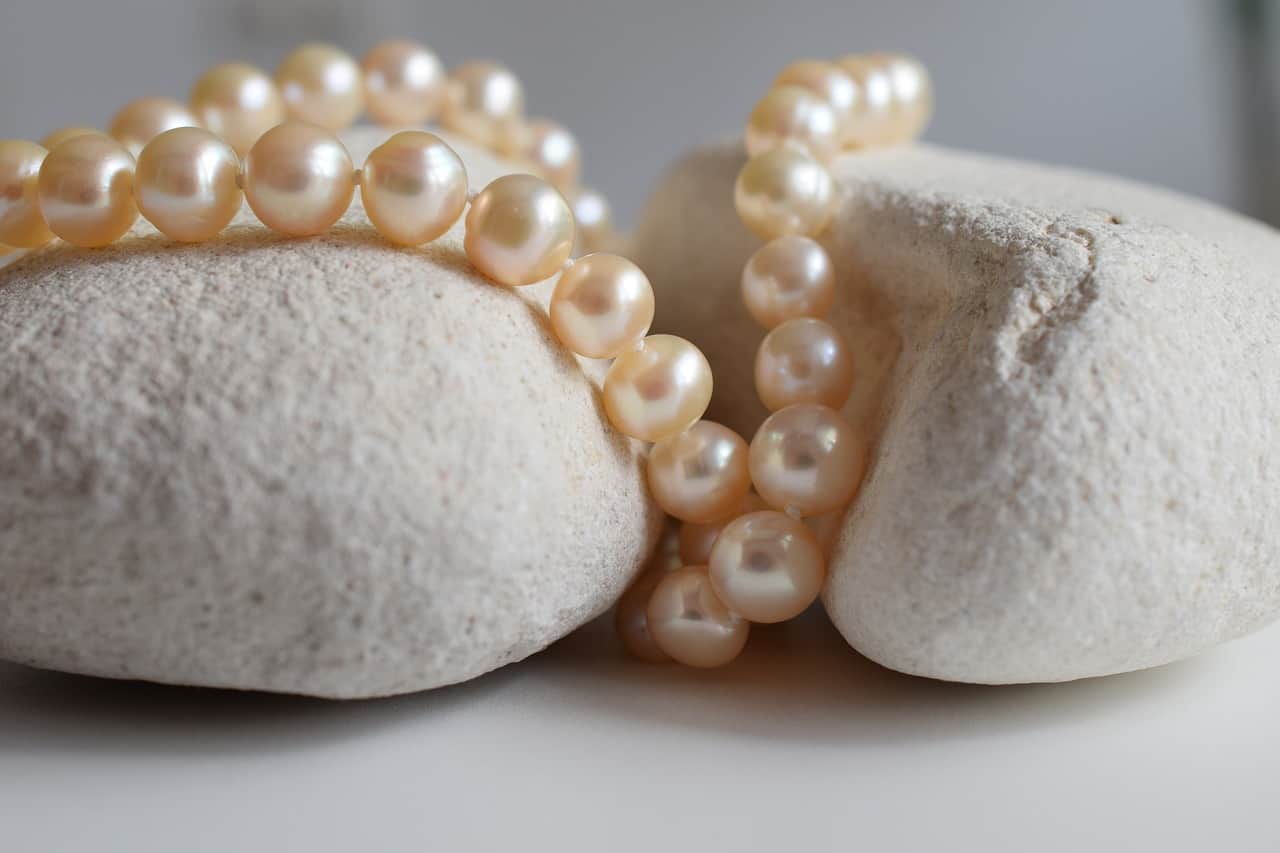
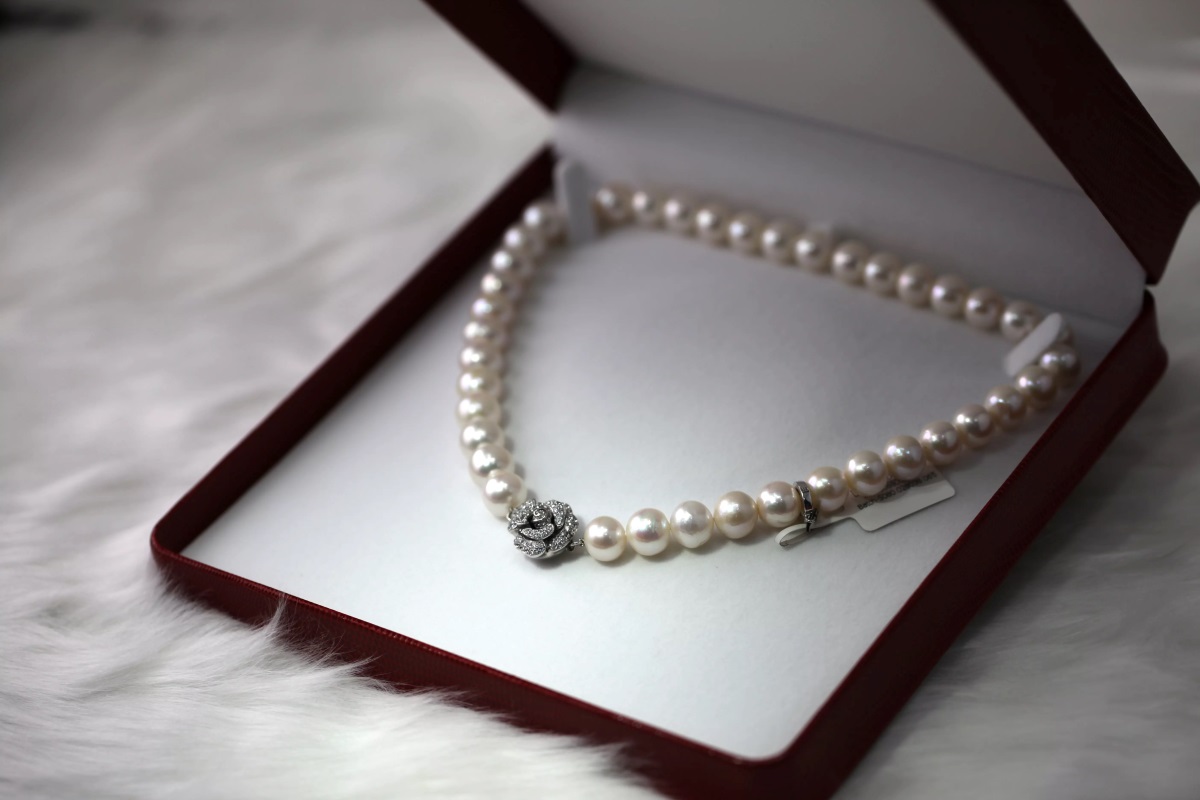
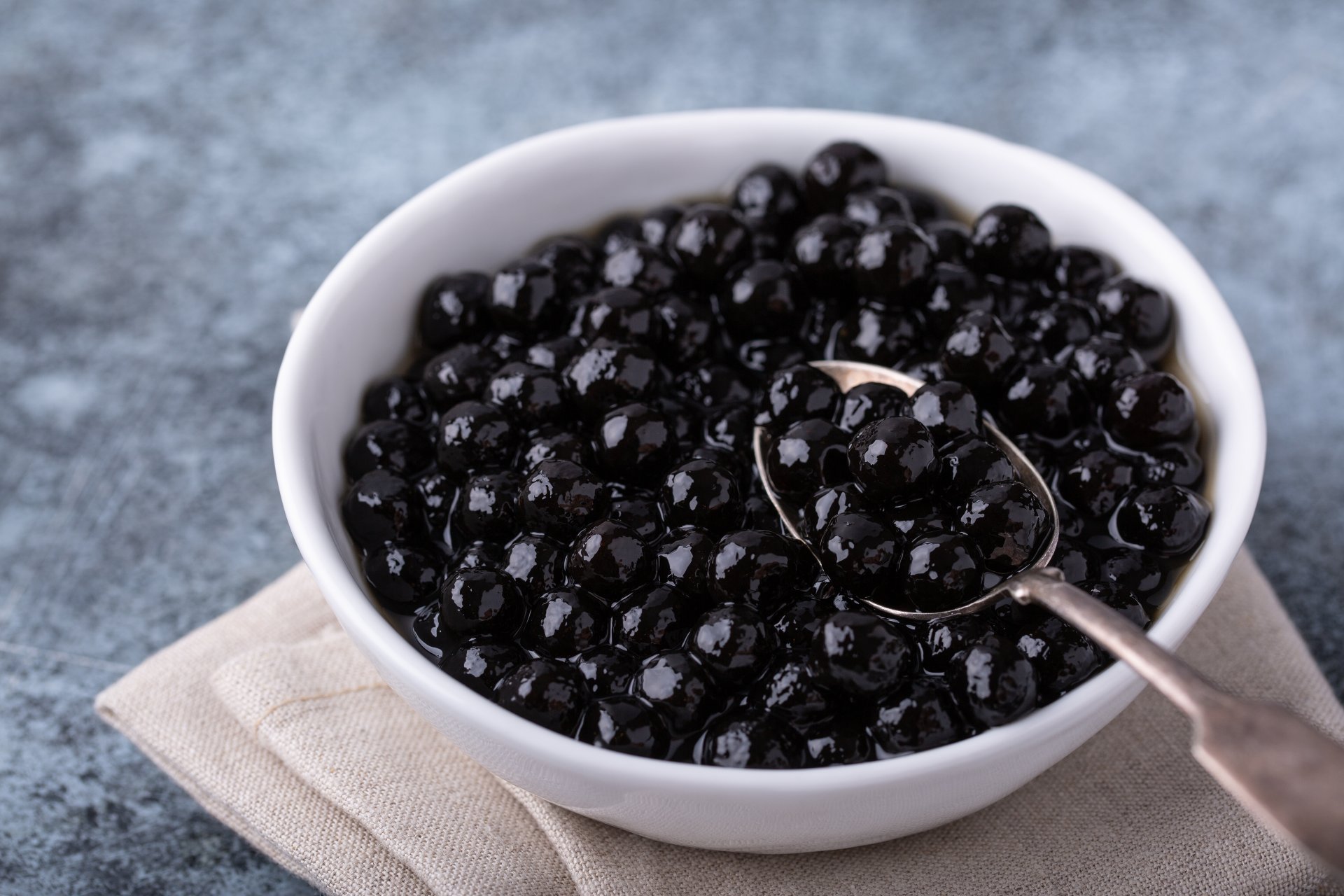
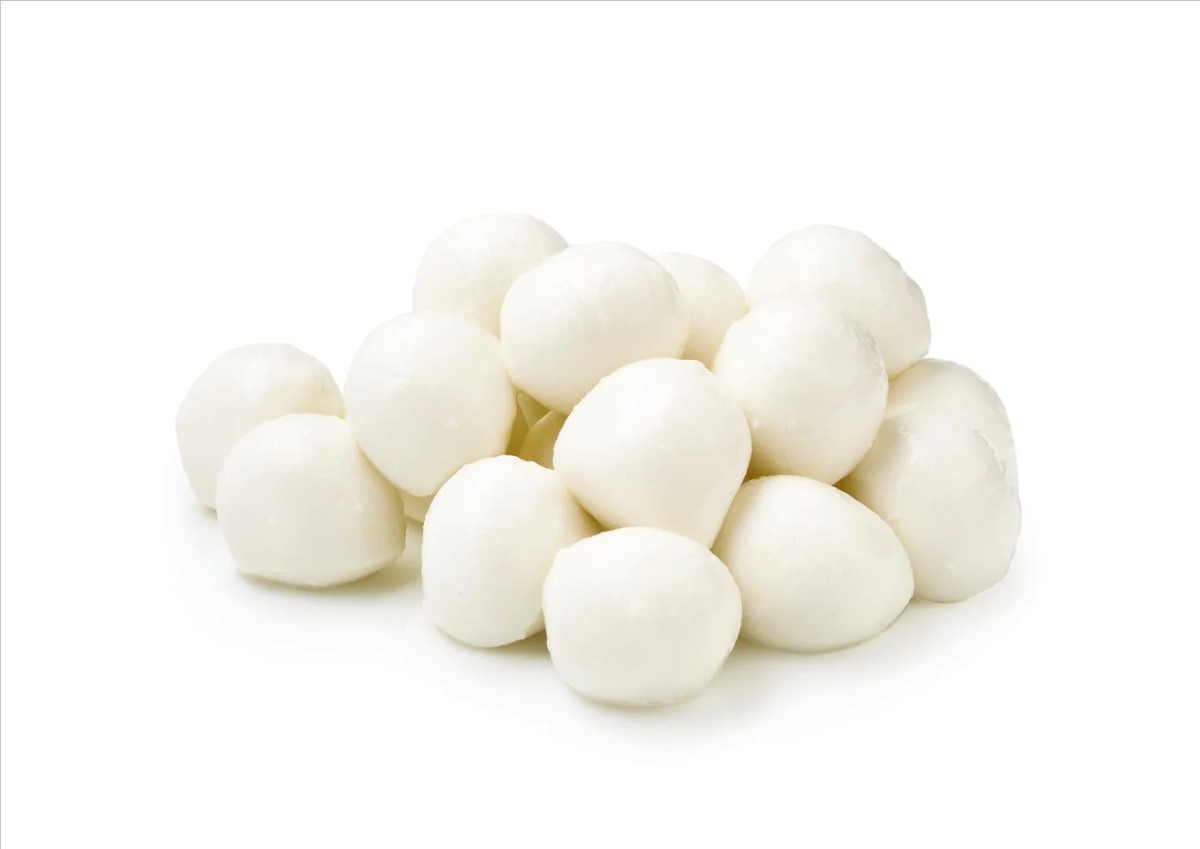
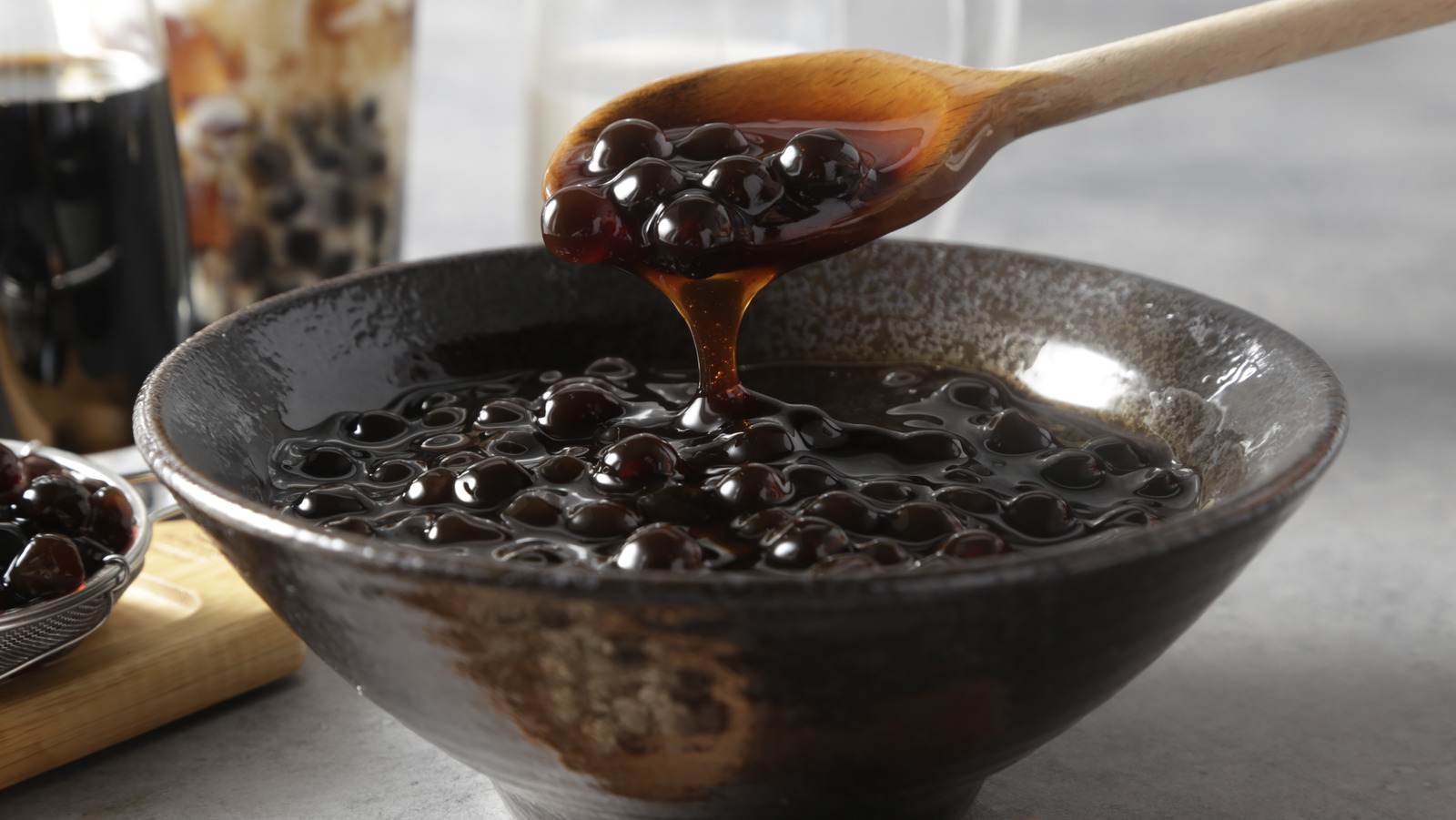
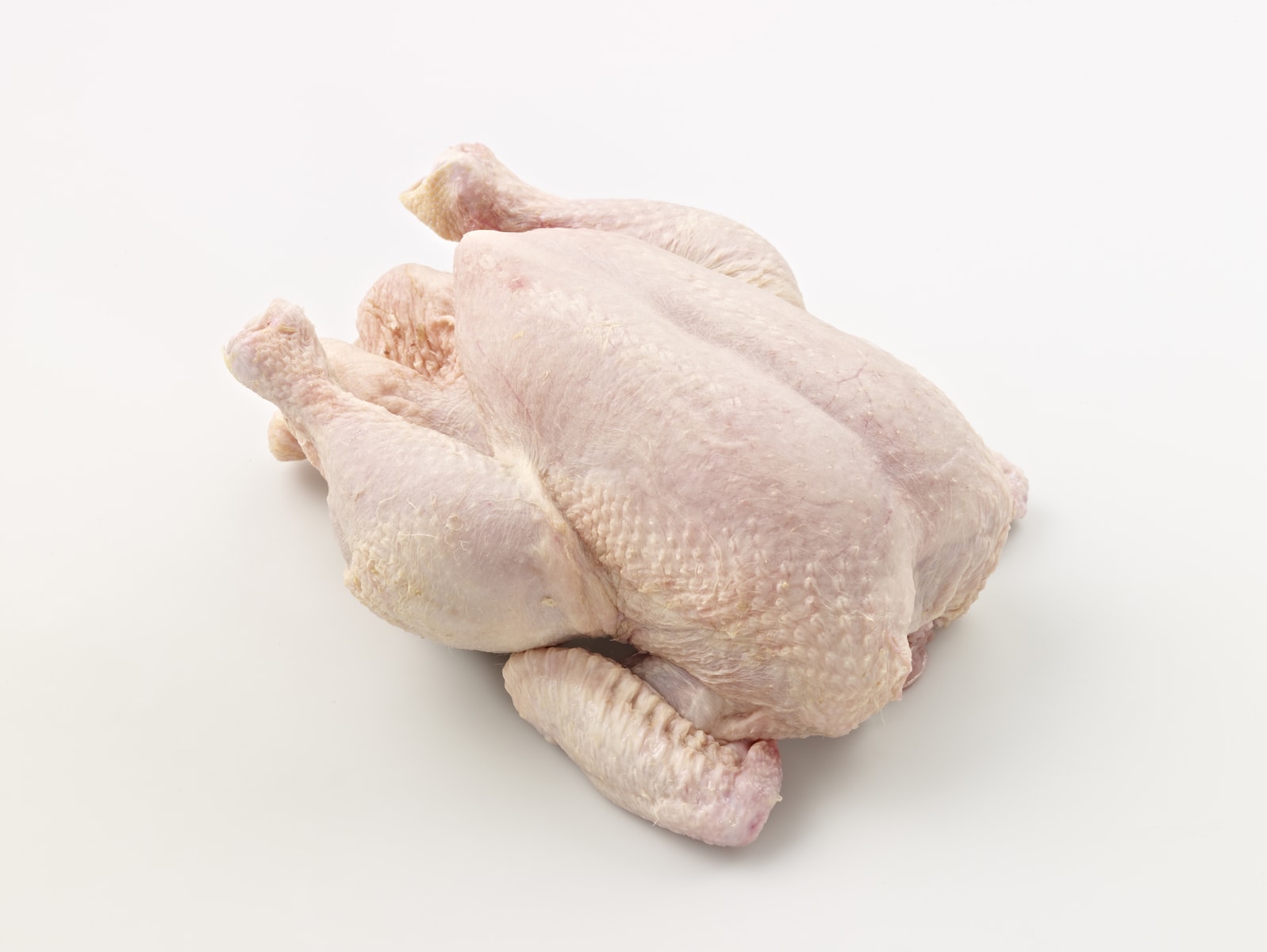
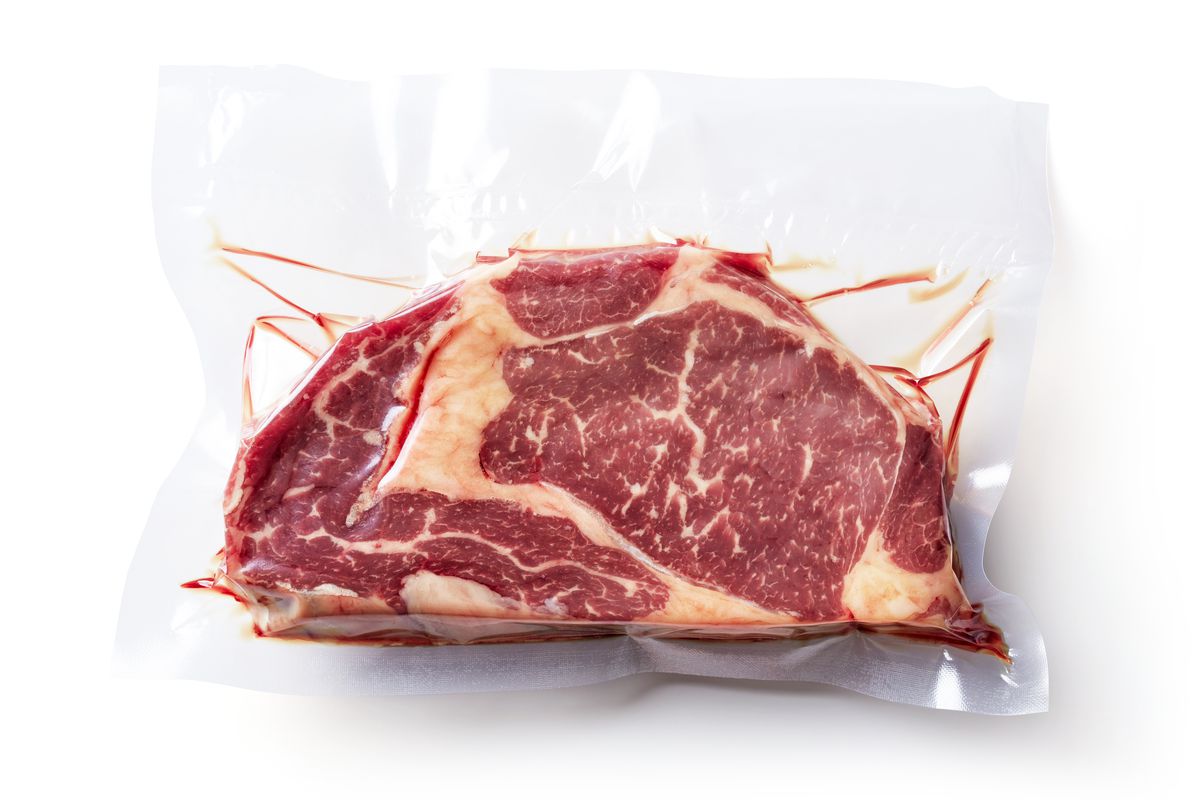
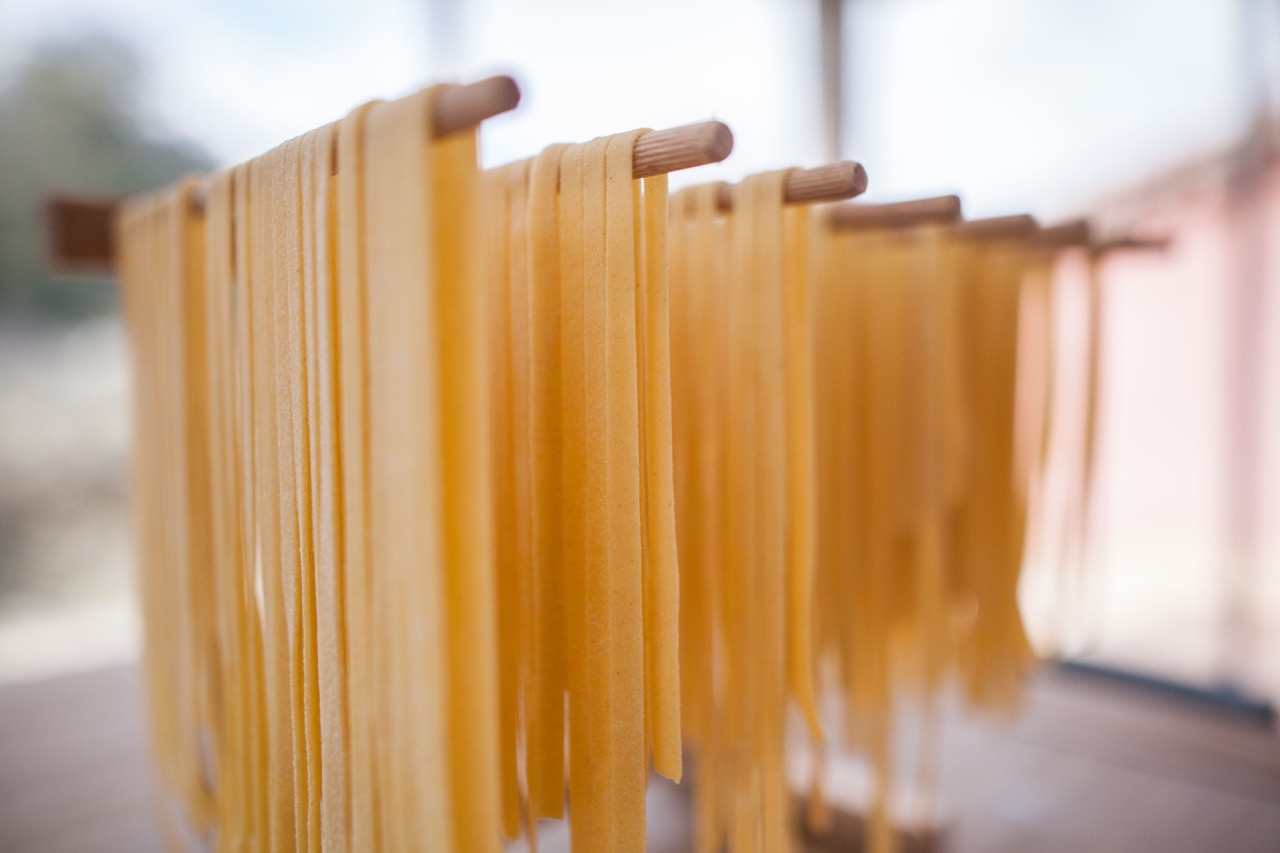
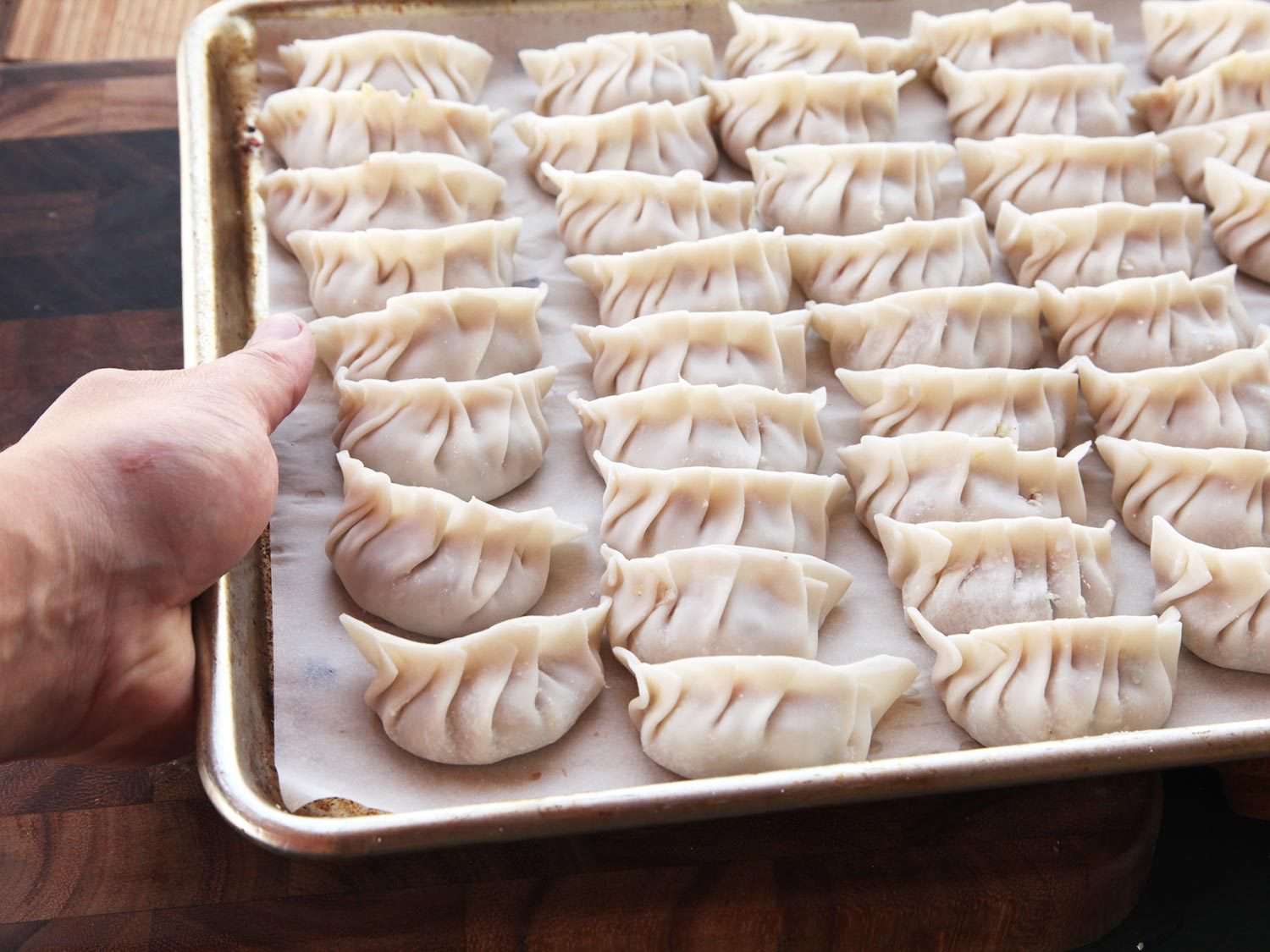

0 thoughts on “How To Store Uncooked Boba Pearls”